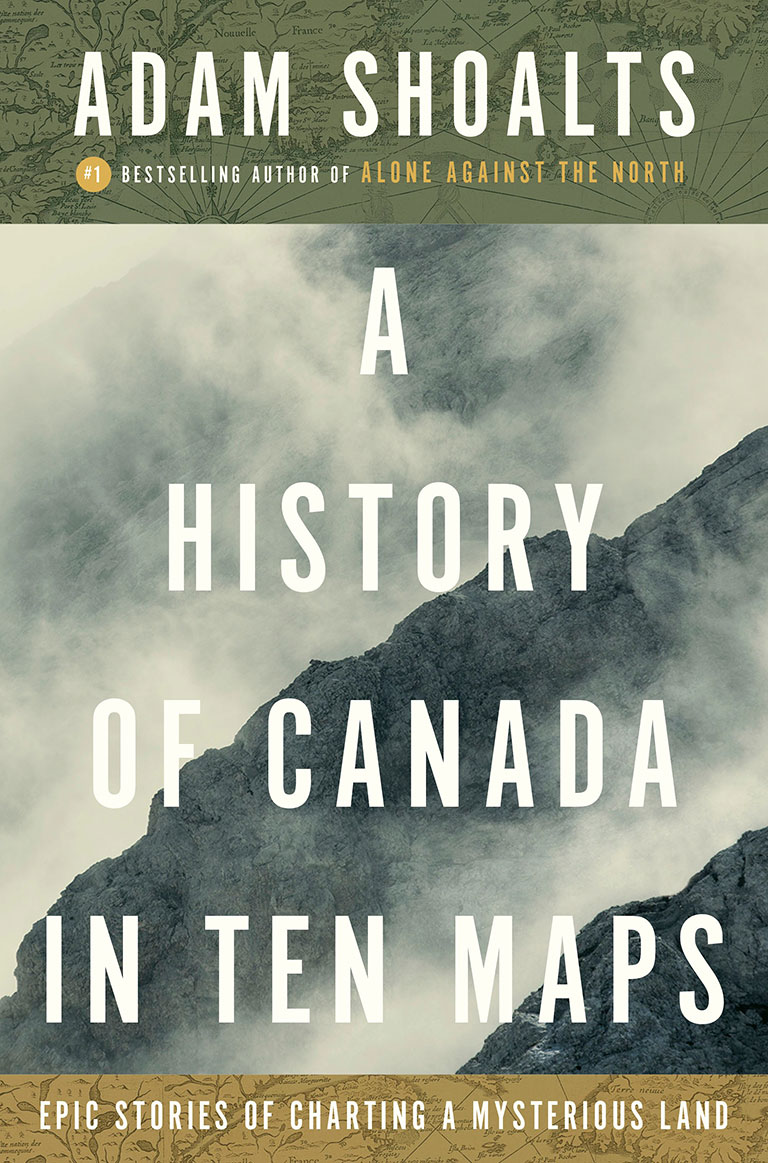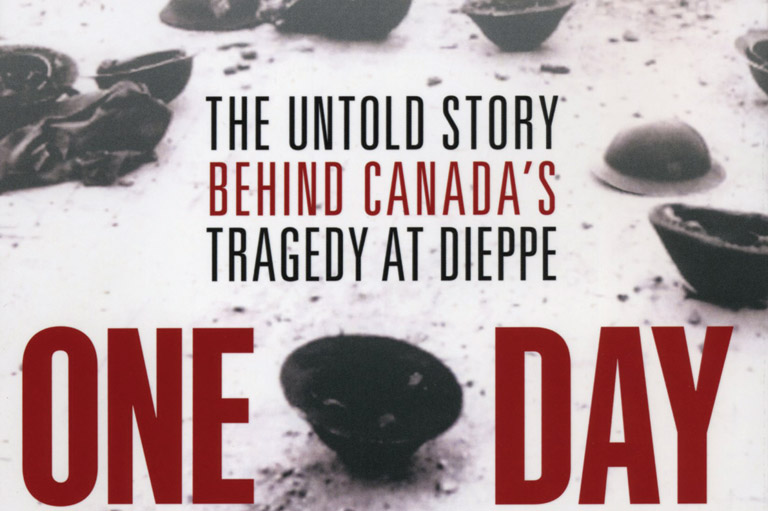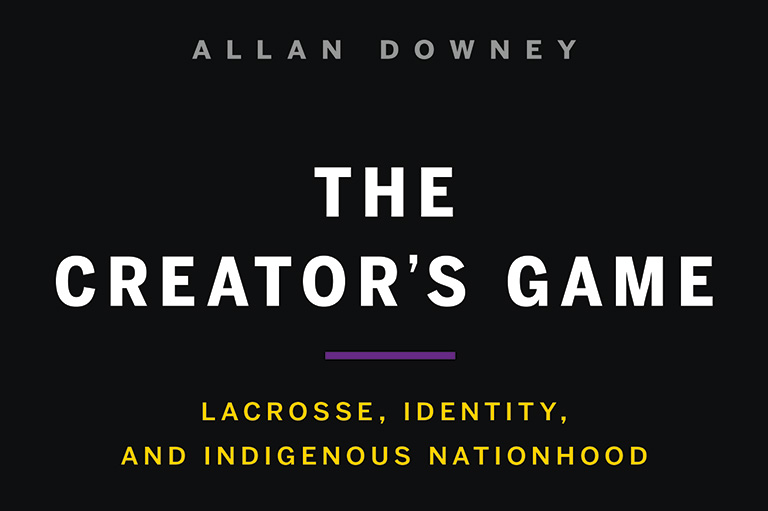A History of Canada in Ten Maps

A History of Canada in Ten Maps: Epis Stories of Charting a Mysterious Land
by Adam Shoalts
Allen Lane
368 pages, $36
A double review with
Mapmaker: Philip Turnor in Rupert’s Land in the Age of Enlightenment
by Barbara Mitchell
University of Regina Press
351 pages, $39.95
Adam Shoalts is a well-known Canadian explorer who has documented his travels through remote landscapes via a series of popular narratives. In A History of Canada in Ten Maps, he draws on published primary accounts and focuses on a series of historical maps produced by early European travellers to what is now Canada. These include Vikings, early Portuguese and French explorers, British map-makers of the Hudson’s Bay and North West companies, cartographers of the siege of Fort Erie of 1814, and those who mapped “Canada’s heart of darkness,” as he calls what was seen as the country’s Arctic frontier. The stories of these European actors, their experiences, and the ten maps are presented as constituting a history of Canada.
Exploration of Canada’s wide-open spaces largely defines the temporal and spatial boundaries of Shoalts’s approach to Canadian history. The maps selected for attention are displayed in a fullcolour bound signature at the heart of the book. Placing the maps together was a sound decision. By leafing through them sequentially, readers can trace the gradual filling out of the map of Canada from early speculative and inaccurate renderings to the much more complete and accurate cartographic representations of the nineteenth century. Viewed from the perspectives of European explorers, the book is a creditable survey of key moments in the geographical charting of the vast expanse of modernday Canada.
Appropriately, Shoalts credits Indigenous people who greatly assisted individuals such as Samuel de Champlain and Alexander Mackenzie in their extensive travels and whose knowledge was represented in their accomplished cartography. He also acknowledges the map-making of Indigenous people but decided not to include any such examples in his book.
Covering the diverse field of Canadian history through ten maps is perhaps a very ambitious undertaking, and Shoalts claims too much when he states that explorers, voyageurs, and fur traders “created the modern Canada we know today.” This generalization overlooks much of the country’s history — the further and continuing roles of Indigenous people, the development of the founding francophone and anglophone settler societies, subsequent immigrants, ethnocultural communities, and many other groups that shaped the country we know today — as mapped, for example, in the Historical Atlas of Canada. Using Shoalts’s chosen structure, another observer might have selected ten alternative maps focusing on completely different aspects of the country’s history and yielding a very different book.
Somewhat problematic is his notion of wilderness, which the author describes as “the one constant throughout Canada’s history.” Wilderness is currently defined as “an area essentially undisturbed by human activity.” The areas through which Shoalts and predecessor explorers have travelled are often very remote and challenging regions, but innumerable Indigenous predecessors successfully moved through these spaces over many generations without the advantages of modern technology. To Indigenous people, the lands where they lived were not “unspoiled wilderness” but homelands that sustained their populations through careful study and the accumulation of environmental knowledge over many generations.
Within his European or Euro-Canadian frame, Shoalts’s chapters are wellchosen — with perhaps one exception. The inclusion of a chapter devoted to the siege of Fort Erie during the War of 1812 seems anomalous in an otherwise cohesive book on explorers and maps.
Author and former Trent University professor of English literature Barbara Mitchell came to her subject via a different route. Her book Mapmaker is not so much about maps but, as the title indicates, about a cartographer: Philip Turnor. Mitchell establishes her interest in Turnor through genealogy — she is a direct descendent of the map-maker and, like him, is descended from Orkney Scottish and Cree ancestors from the eighteenth century.
Rather than zooming in on the history of a country through the panoramic lenses of continental maps drawn by explorers at intervals over the course of centuries, Mitchell uses microfilm copies of Turnor’s original journals to take a biographical approach to history. Via a succession of personal tableaux and experiences, she focuses on Turnor, his early life in Britain, his activities as a trader and map-maker, and his interactions with both Indigenous and European people as they traversed the rugged terrain of northwest Canada in the late-eighteenth century. Mitchell shows the human side of map-making through reconstructions of Turnor’s daily life and of the natural and social environments in which he and his associates operated. The result is a wonderfully detailed and convincing portrait of early Canadian life in the era of Indigenous- European trade.
Mitchell’s narrative also helps to explain the circumstances of Turnor’s map-making; she includes a careful description of his travels and fieldwork leading up to and bearing upon the production of his first map. Besides her use of Turnor’s journals, this reconstruction was pieced together through extensive primary research involving documents held in the Hudson’s Bay Company Archives, British archival sources, and many books and articles.
Mitchell places her subject within the eighteenth-century Enlightenment, an age of science and empirical enquiry devoted to progress through expanding knowledge of the world. She ably shows his contributions to Enlightenment ideals, as revealed in his mapmaking, while imaginatively using her own empirical research and inferences to draw as complete a portrait of her ancestor as the evidence permits.
These two well-written books offer an interesting contrast. With a bird’seye perspective, Shoalts shows how the cross-continental outlines of the country were cumulatively traced in maps from the ground up. Mitchell shows how a map-maker’s own life and personal interactions can transform cartographic abstractions into compelling human history.
Themes associated with this article
Advertisement




